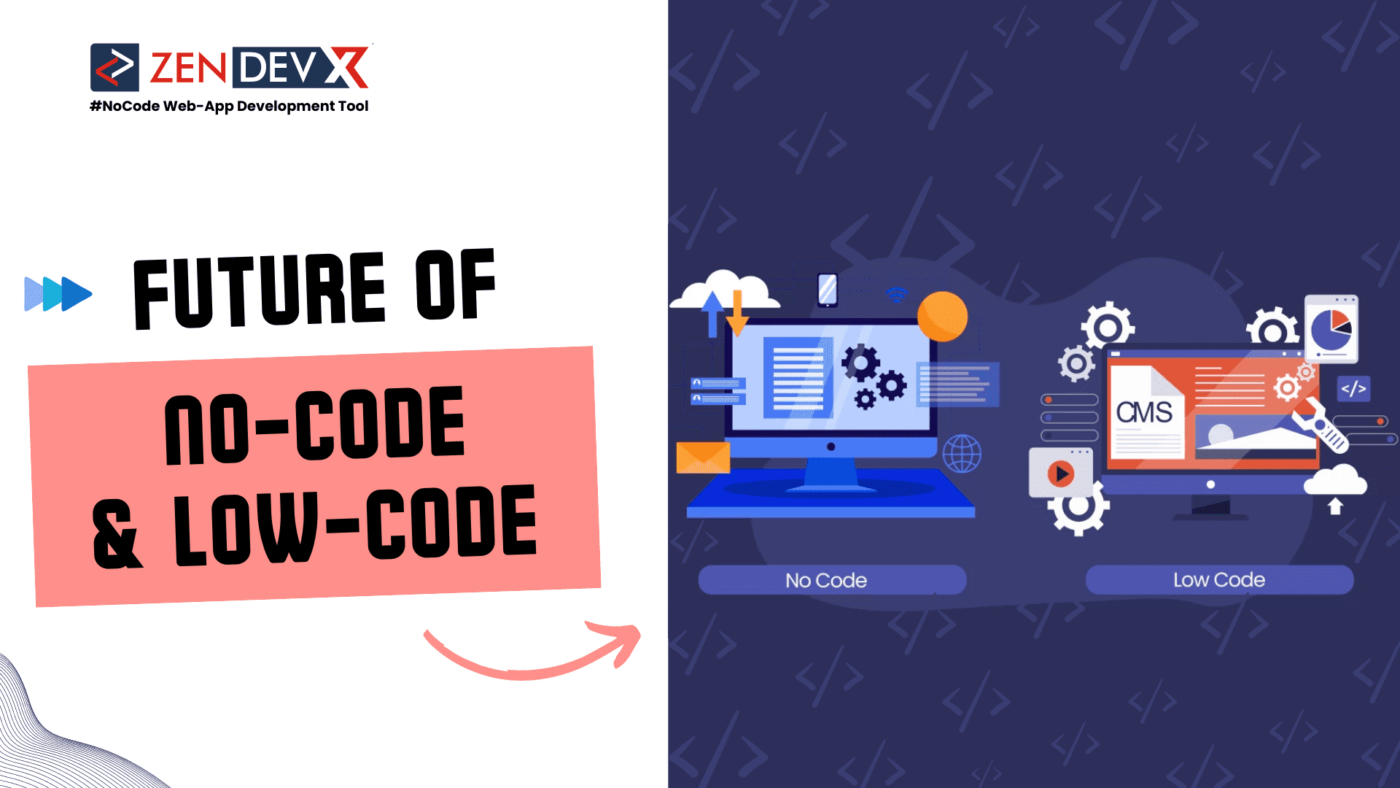Offering solutions that let users with different degrees of technical knowledge create apps with less hand-coding, low code and no code development platforms have become major trends in the scene of software development. The following is a synopsis of low code and no code development’s past and present as well as future direction.
History :
The idea of low code first surfaced in the early 2000s in response to the growing need for quicker application development. Early low code systems concentrated on lowering the human coding needed for application development, hence increasing accessibility to a larger audience.
As technology developed and companies looked for means to hasten the creation of apps to satisfy the increasing needs of digital transformation, the low code movement acquired steam in the 2010s. Several low code systems developed during this period so that users may design apps using drag-and-drop tools and visual interfaces.
Targeting consumers with little to no coding knowledge, the idea of low code is taken one step further in 2015–2020 year when no code platforms acquired significance in the later half of the 2010s. These systems concentrated on offering pre-built templates, workflows, and integrations so that users can construct usable apps with very basic setups.
Main Agents :
Low code and no code platforms seek to speed up the application development process by lowering the requirement for hand coding and enabling users to create apps via visual interfaces.
Often referred to as “citizen developers,” these systems enable those with basic coding knowledge to help the development process. This democratization of development helps close the distance separating IT from corporate divisions.
Low code and no code solutions provide more agility and flexibility, which helps companies to react fast to evolving corporate needs and market situations.
Difficulties :
While low code and no code platforms shine in managing simple to moderately complex use cases, they may struggle with very complex and specialized applications requiring specific coding.
With certain low code and no code solutions, integrating with current systems and guaranteeing scalability might prove difficult. Organizations must carefully assess these platforms depending on their particular scalability and integration needs.
Future Vision :
Low code and no code platforms are predicted to be adopted as companies keep giving digital transformation top priority and search faster, more agile development methods top importance.
Future improvements in artificial intelligence (AI) and automation may involve more integration of these tools inside low code and no code platforms, therefore lowering manual intervention and improving the capabilities of both technologies.
Improved communication and cooperation between professional developers and citizen developers inside companies would be made possible by probably improved collaboration features and capabilities.
Further extending their relevance is the trend toward the creation of industry-specific low code and no code solutions catered to the special needs of particular sectors.
Conclusion :
All things considered, the evolution of low code and no code development platforms points toward increasing accessibility and efficiency in application development. These platforms’ future probably will be one of constant innovation, growing acceptance, and integration with newly developing technology.


